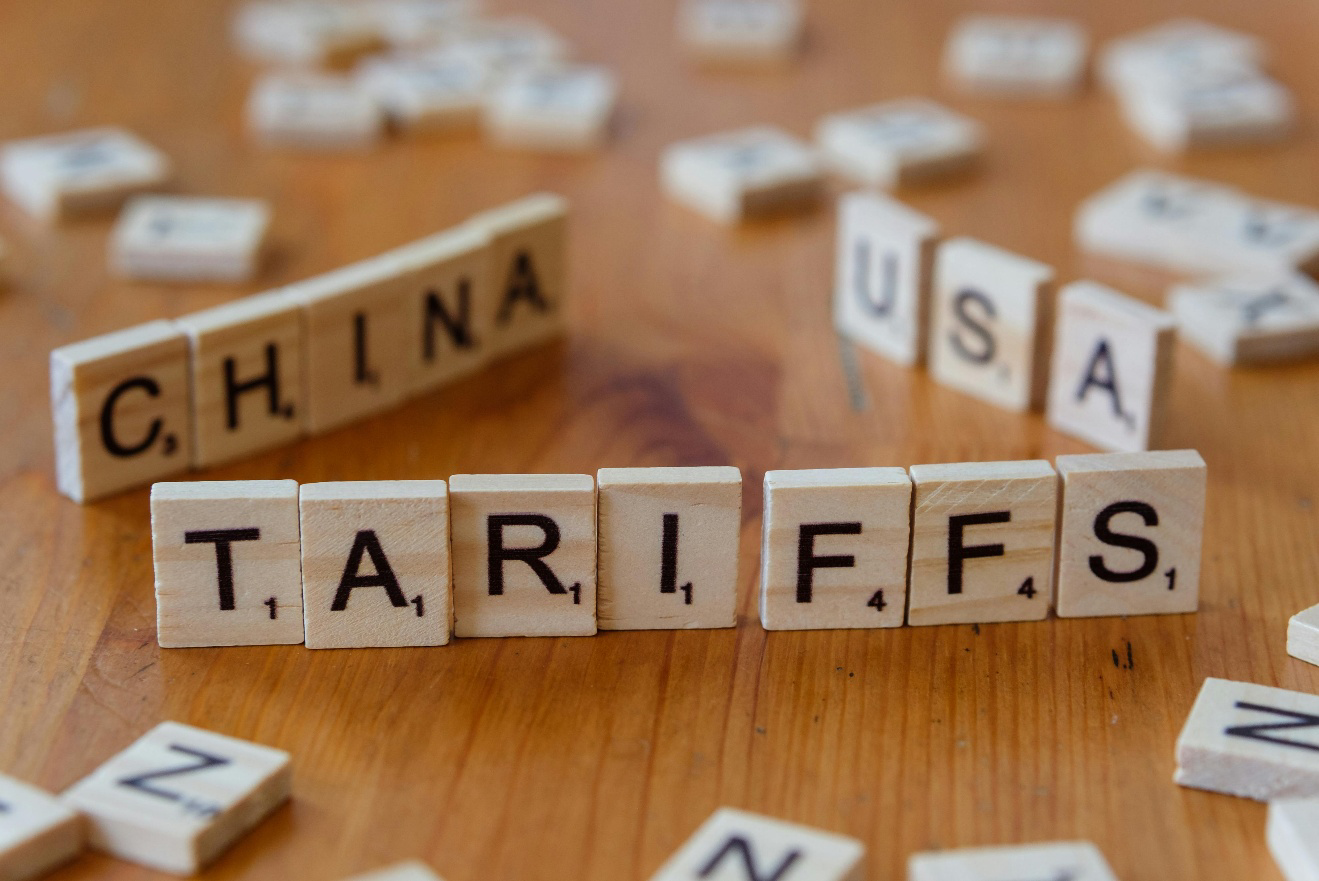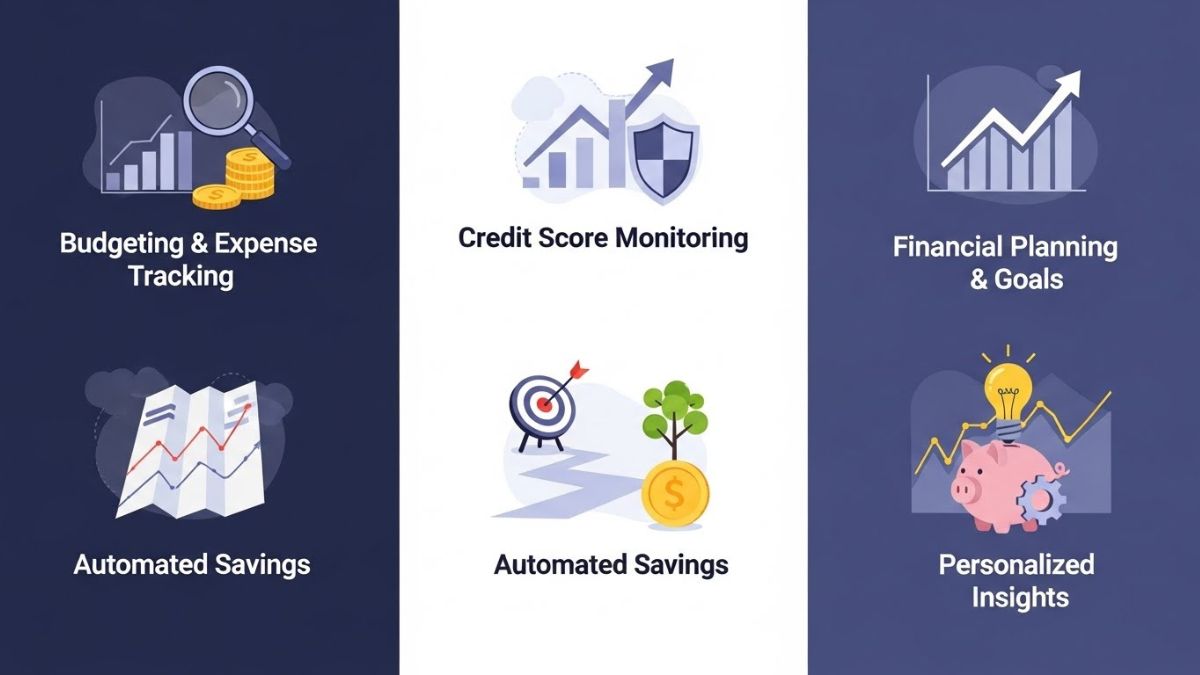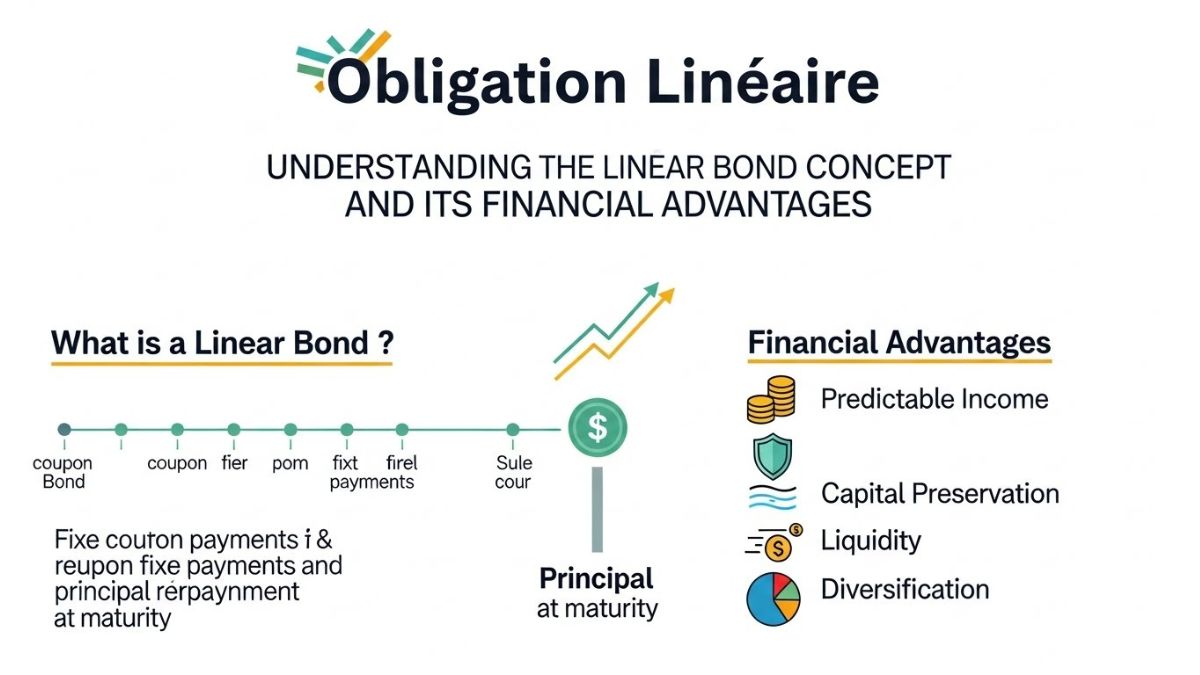Global supply chains are changing. One big reason is tariffs. These taxes on trade are reshaping where companies make and move their goods.
This article looks at how tariffs are pushing businesses to rethink their supply chains, especially away from China. We’ll also talk about what this means for the future of trade.
Tariffs and Their Impact on China
For many years, China was the go-to place for manufacturing. Cheap labor, efficient factories, and solid infrastructure made it a top pick. But tariffs changed the game.
Under Trumponomics, tariffs became a powerful tool. President Trump’s policies placed heavy taxes on China-made products. The goal was to protect U.S. industries and reduce dependency on Chinese goods. These tariffs raised costs for American companies doing business in China. It made goods from China less competitive.
The move forced businesses to rethink, exploring alternatives like Vietnam, Mexico, and India for their lower costs and fewer trade restrictions.
Why Companies Are Moving Out
Tariffs aren’t the only reason supply chains are shifting. Sure, they’re a big deal, but there’s more to it.
First off, high tariffs make Chinese goods more expensive, and rising labor costs don’t help either. Companies are looking to cut down on these extra costs.
Then there’s the COVID-19 pandemic, which really highlighted the risks. Relying too much on China disrupted supply chains during lockdowns, making it clear that diversification is key.
Lastly, governments are stepping in with incentives. India’s “Make in India” program is pulling in foreign businesses, while Mexico is benefiting from its close ties to the U.S. through the USMCA trade deal.
The Rise of “China Plus One”
The “China Plus One” strategy is gaining traction. Companies keep some operations in China while shifting production to other countries to lower risks, cut costs, and avoid tariffs.
Apple is a key example, moving production to India and Vietnam while keeping China as a key partner. Other industries, like textiles and car parts, are following suit.
However, relocating isn’t easy—it requires time, money, new factories, and worker training. Businesses must weigh the benefits against the challenges.
Winners and Losers
Shifting supply chains are creating new winners and losers. For Vietnam and India, it’s a big win, bringing in more investment, job growth, and the perks of cheaper labor and great locations.
Mexico’s also coming out ahead. Its factories are close to the U.S., which means faster shipping times.
China’s not completely losing out, though. Its infrastructure and experience are still hard to beat. Some industries, like high-tech, just can’t find skilled labor anywhere else.
Meanwhile, U.S. consumers are feeling the pinch with higher prices. Tariffs make goods more expensive, and companies often pass those costs on to buyers. It’s a trade-off: supporting local industries or paying more at the register.
What’s Next for Global Supply Chains?
Supply chains will keep evolving. Tariffs aren’t disappearing soon, and the U.S. and its allies will likely keep pressuring China, causing shifts in global trade.
Technology could play a bigger role here, too. Automation and AI might cut down the need for cheap labor, which could bring some manufacturing back to the U.S. or other developed countries. Nearshoring—where companies move production closer to home—is also set to grow.
That said, China isn’t going anywhere. It’s still a manufacturing giant. But businesses are likely to be more cautious now. Flexibility and diversification are the new priorities.
The Bigger Picture
Tariffs aren’t just taxes—they’re changing how and where companies make their products. Many businesses are trying to reduce their reliance on China, but it’s not an easy process.
Supply chains are complicated, and shifting them takes time. Countries like Vietnam, India, and Mexico are stepping up, but businesses also need stability, solid policies, and skilled workers to make it work.
Companies are carefully weighing costs, risks, and opportunities, with tariffs driving these changes. The future might be uncertain, but one thing’s for sure: global trade is changing, and so are the rules.











